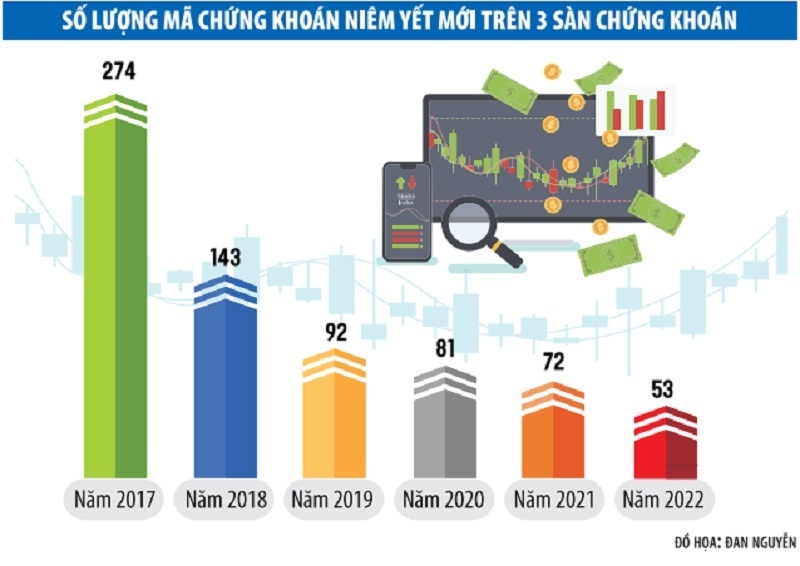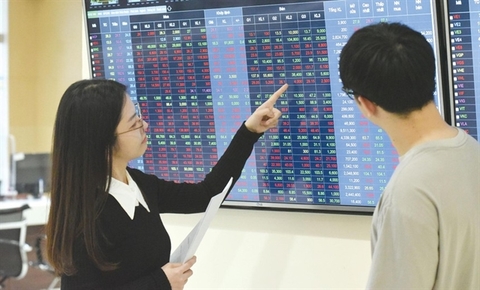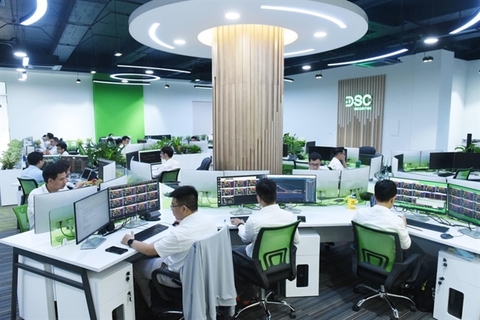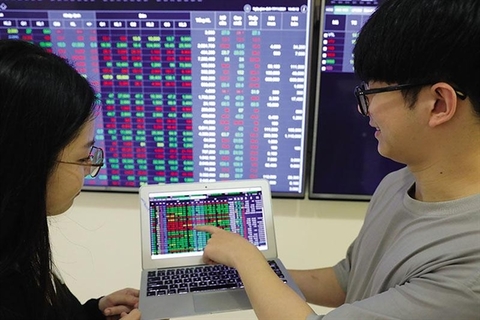Caution in the last trading week of 2022: experts
Caution in the last trading week of 2022: experts
The market extended the bearish trend last week, expecting many domestic and foreign retail and institutional investors to restructure their portfolios to close the year and prepare for the next fiscal year. This will have a certain influence on market volatility in the last trading sessions of 2022, according to experts.
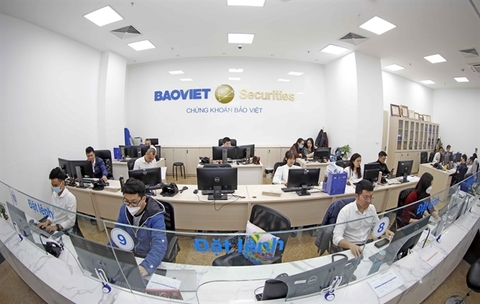
On the Ho Chi Minh Stock Exchange (HoSE), the market's benchmark VN-Index ended last week at 1,020.34 points, a decline of 0.22 per cent, while the HNX-Index on the Ha Noi Stock Exchange (HNX) dropped 0.24 per cent to 205.3 points.
For the week, the VN-Index lost over 3 per cent, and the HNX-Index decreased by 3.6 per cent.
Trading value on the southern bourse went down by 1.8 per cent compared to the previous week to VND69.8 trillion (nearly US$3 million). On the other hand, the trading value of HNX fell 9.5 per cent to VND6.2 trillion.
Last week's correction caused most of the stock sectors to inch lower.
Foreign investors witnessed the seventh consecutive week of net buying on the two exchanges with a total net buy value of VND1.3 trillion.
Low liquidity
According to MB Securities Company (MBS), as this is the last week of the fiscal year 2022, investors expected that fund net asset value (NAV) closing activities would support the market. However, MBS believes that as the market continues to trade with low liquidity and move sideways, investors should limit trading or hold a low proportion of stocks.
Vietcombank Securities Company (VCBS) said that at the moment, the State Bank of Vietnam (SBV) continues to send signals about striving to reduce lending interest rates to promptly meet credit needs, focusing on providing credit to the production and business sectors, priority areas, while strictly controlling credit risk for investment activities in corporate bonds and other industries with potential risks such as investment, securities business, and the real estate sector.
However, it will take more time for these measures to take effect amid major central banks' continued hike rates.
The positive point in recent weeks is that the exchange rate has cooled significantly, bringing the dong's devaluation lower than that of other economies in the region.
With the current movements, the VN-Index will fluctuate when the liquidity has dropped to a low level. There may be a clearer divergence among industry groups to find a balance before returning to a new uptrend, said VCBS.
Meanwhile, Saigon - Hanoi Securities JSC (SHS) said that the benchmark VN-Index fell for the third week to the support level of 1,000 points.
While the index is still in a technical recovery phase, the market has corrected quite strongly after the recent rebound, so the strength of the recovery wave will weaken.
SHS still expects the VN-Index to have the next recovery in the short term when it holds a support area of around 1000 points. However, the confidence level is decreasing as the latest correction has a large amplitude, and the cumulative nature is no longer reliable.
In the medium term, the current rally and correction are merely a technical recovery from a severe downtrend. Therefore, the mid-term trend of the benchmark will create a balanced price base for medium-term accumulation before there is a real uptrend.
With that view, SHS believes that the market will gradually struggle in a tight range with subsequent recoveries and corrections, which is characteristic of medium-term accumulation. SHS still expects the index to move towards 1,150 points after the correction.






